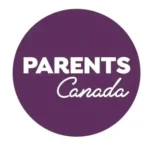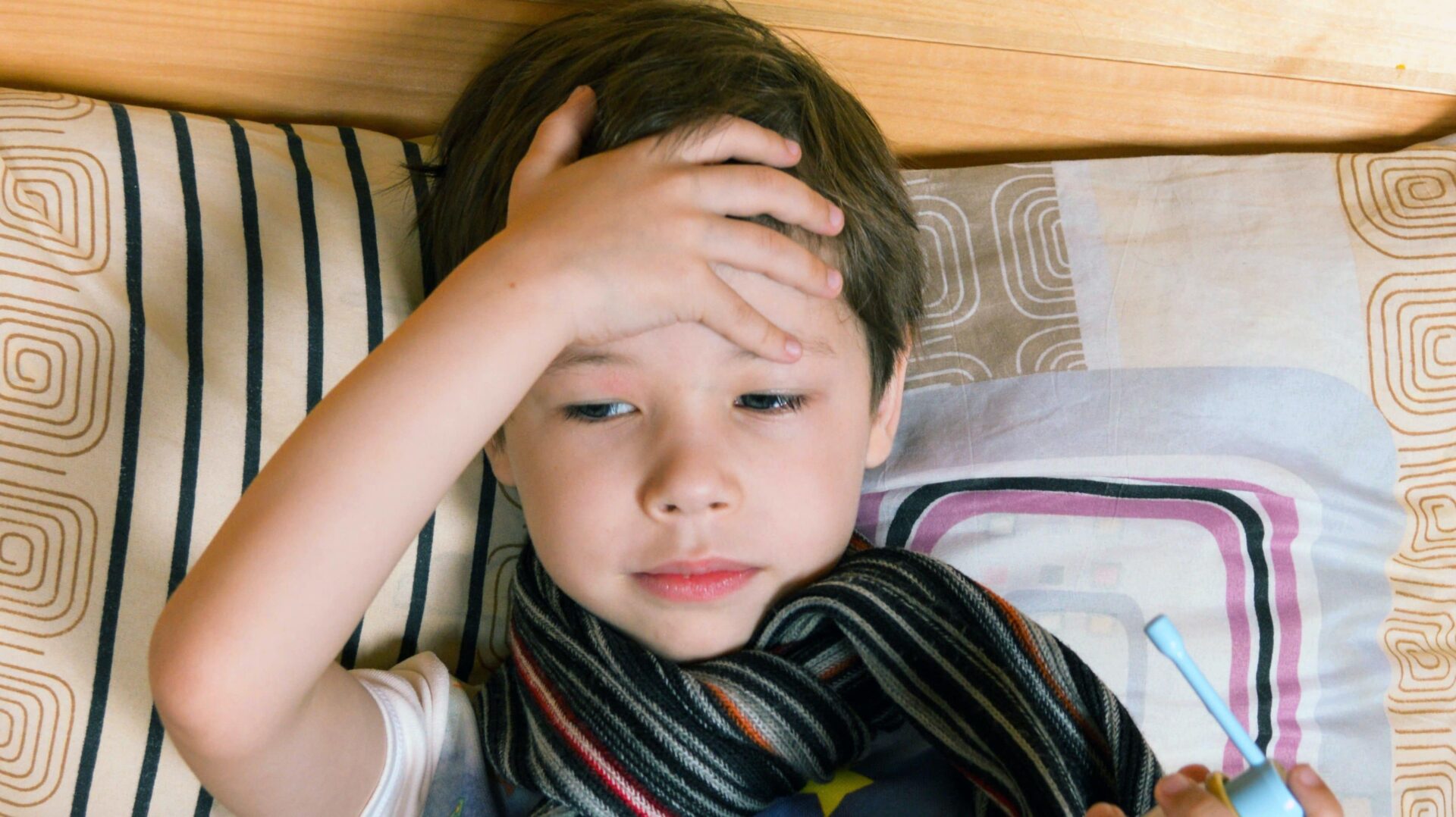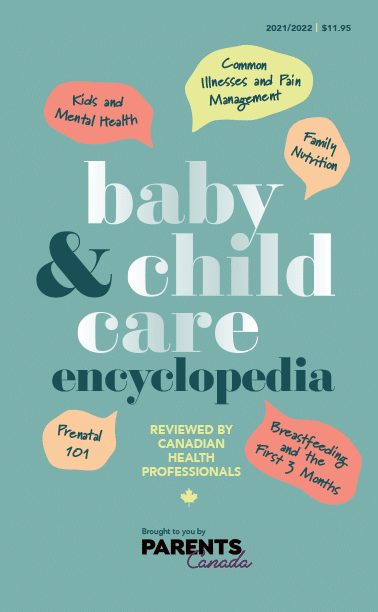Health
6 min Read
Quick Reference: Common Childhood Ailments G-K

November 3, 2021
Health
6 min Read

November 3, 2021

I
t’s tricky to know what might be ailing your child, so we’ve rounded up some of the most common illnesses, their symptoms, how to treat and when to head to the doctor.
Giardia is a parasite that causes a bowel infection. It is common in children in childcare centres, especially if there are children in diapers. Some children have no symptoms. Others have diarrhea, bowel movements with a very bad smell, stomach cramps, gas, loss of appetite and weight.
Treatment: There are medications to treat giardia. A doctor may have to take three stool samples on three days to confirm the diagnosis.
Transmission/Prevention: Giardia may spread on the hands of someone who has changed a diaper or used a toilet. The spread can be prevented by careful hand-washing after changing the diaper or going to the toilet, and before preparing food and eating. If your child has been diagnosed with giardia and is ill, he should not attend daycare or school until the diarrhea has stopped.
We say “growing pains,” but these aches aren’t really caused by growth. Instead, these are normal aches and pains in limbs and joints, and they are experienced by most children ages 3 to 12, at some point. Luckily, these pains are both temporary and harmless. The pains most often are felt in the child’s calves, thighs and feet, and they’re more likely to occur when kids are at rest and at night. The cause is unknown, although it seems to have a family tendency.
Home Treatment: A warm bath may help, as well as gently massaging and stretching the sore muscles. There is no need to stop regular activities.
Medical Treatment: If there is persistent pain that does not improve after a couple of days, if it gets worse or if there is a limp, joint swelling or fever, you should contact your healthcare provider.
This infection is found in saliva and can cause fever, headache, sore throat, loss of appetite, lack of energy, a skin rash and small, painful ulcers in the mouth. The rash usually appears on the hands and feet, but may also be on other parts of the body.
Treatment: If symptoms appear, call your doctor to confirm the diagnosis. There’s no treatment; the infection will go away after seven to 10 days. Outbreaks are more common in the summer and fall.
Transmission/Prevention: It spreads from person to person through the air or by touch. The incubation period is about 10 to 14 days. Children may remain infectious for one to two weeks.
Most headaches are of short duration and don’t require treatment. They’re almost as common in children as they are in adults. There may be numerous causes such as a blow to the head, a viral illness, a high fever, hunger, tension or stress. Broadly speaking, there are three types of headaches: migraine, disease or injury-related and tension.
Home Treatment: Let your child relax in a dimly lit room. Encourage other relaxation strategies, like taking deep breaths or imagery. Offer a few snacks. A cool washcloth on the forehead may help, too. You can also give a pain-relieving medicine such as children’s acetaminophen or children’s ibuprofen. Encourage your child to get back to regular activities as soon as they’re able.
Medical Treatment: If headaches are diagnosed as migraines, your healthcare provider may suggest regular medication that may prevent attacks.
Emergency Treatment: Treat a headache as an emergency if the pain is so severe that it interferes with normal activity for more than an hour; the pain is accompanied by fever, vomiting and a stiff neck; or if he or she is confused, disoriented or delirious.
This is a general term for an allergic skin reaction that affects children who are allergic to specific substances. In some cases, the cause of hives is never found. Acute hives may appear on a child face and chest or anywhere on the body. They are very itchy and may erupt suddenly after a bee sting or specific foods. Hives generally disappear in a few days without receiving treatment. Cold hives are exactly what the name implies: a reaction to cold air, cold water and cold drinks. They are itchy and painful.
Home Treatment: Itching and pain may be relieved with calamine lotion or by soaking the affected skin in cool water with two tablespoons of sodium bicarbonate.
Medical Treatment: An oral antihistamine may be prescribed. If hives are associated with difficulty in breathing or wheezing, medical help should be sought immediately.
Yes, the flu. It’s a viral infection of the nose, throat, trachea and bronchi. Every autumn and winter you can bet on a widespread epidemic of whichever bug is present. There are many types of viruses and they change constantly, so it is possible to have influenza annually.
Symptoms: Primary symptoms are stuffy nose, sore throat and nagging cough, as well as muscle pain, headache, fever and chills that are usually identified with the common cold. Because it is so widespread, healthcare providers can readily identify the symptoms.
Home Treatment: Influenza is almost always treated at home, but not with antibiotics, because it is a viral infection. It can sometimes develop into a bacterial infection (pneumonia), at which time antibiotics will be required. Kids with the flu need plenty of bed rest and lots of fluids.
Acetaminophen or ibuprofen help reduce muscle aches and fever.
VACCINATION SCHEDULE
Vaccinations are scheduled differently in every province but there is a general consensus that the standard vaccines are spread out at intervals from two months of age to age 11. Booster shots to update vaccines may occur throughout adolescence and adulthood. Keep an eye on the calendar to ensure your child’s vaccinations are up to date (especially when kids go to school—you may be asked to show proof of vaccination depending on your region). Vaccinations are a contentious topic for some families; any concerns can be discussed with your child’s doctor.
For more information, and to view and print your own copy of the Provincial and Territorial Routine and Catch-up Vaccination Schedule for Infants and Children in Canada, visit CANADA.CA. (You can also search “Canadian vaccination schedule” for easier access.)
